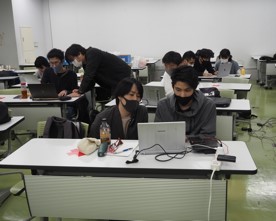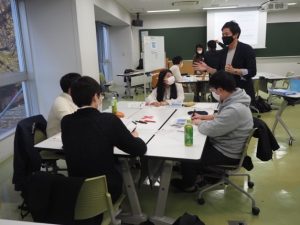Programming Boot Camp/Developing Phase #1 was held on December 5, 2020.
Program name/Program: Programming Boot Camp/Developing Phase #1
Date/Date & Time: Dec. 5th, 2020, 10:00-18:00
Facilitators/Facilitators: Junichiro Ueno, Kim Shokai, Ryo Imahashi, Naotake Kyogoku, Masayuki Sasaki, Guild Works Inc.
We held the first phase of Programming Boot Camp on Saturday, December 5.
“Programming Boot Camp” of this year consist of workshops for (1) #1; considering and creating Hypothesis Canvas and Story Mapping and (2) #2; actual development work in 3-day camp (11-13/dec), as “Development Phase”. Before “Development Phase”, “Learning Phase” for studying codes and the way of thinking about Java and Vue js, were offered to the students on voluntary basis. Almost all members for the Development Phase” attended to Learning Phase as well. As the result, each team members knew each other and could entered this Development Phase smoothly.
Due to recent breaking out again of COVID 19, the workshop of this time was held on-line. By paying attention on the recent number of infected persons of COVID 19 and possible serious cases, we should keep in mind to wash our hands and gargle in advance for next week’s class.
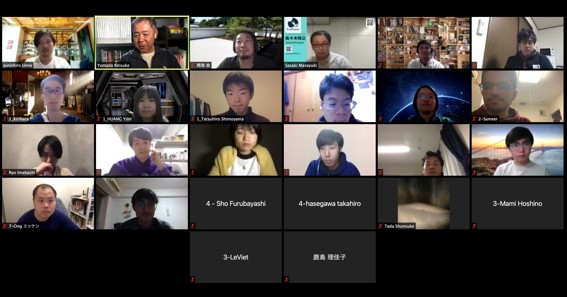
Today’s lecture was as followings. The workshop on-line was mainly facilitated by Mr. Sasaki, Guild Works and other 4 experts from Guld Works supported us. From a part of Hypothesis Canvas, each team engaged in works by using breaking out function of ZOOM.
1. Presentation about what a team is going to develop:
Development objects, items to be developed for the rest of classes were presented by each team for about 5 minutes and were shared by all members. Theme and members of each team as follows;
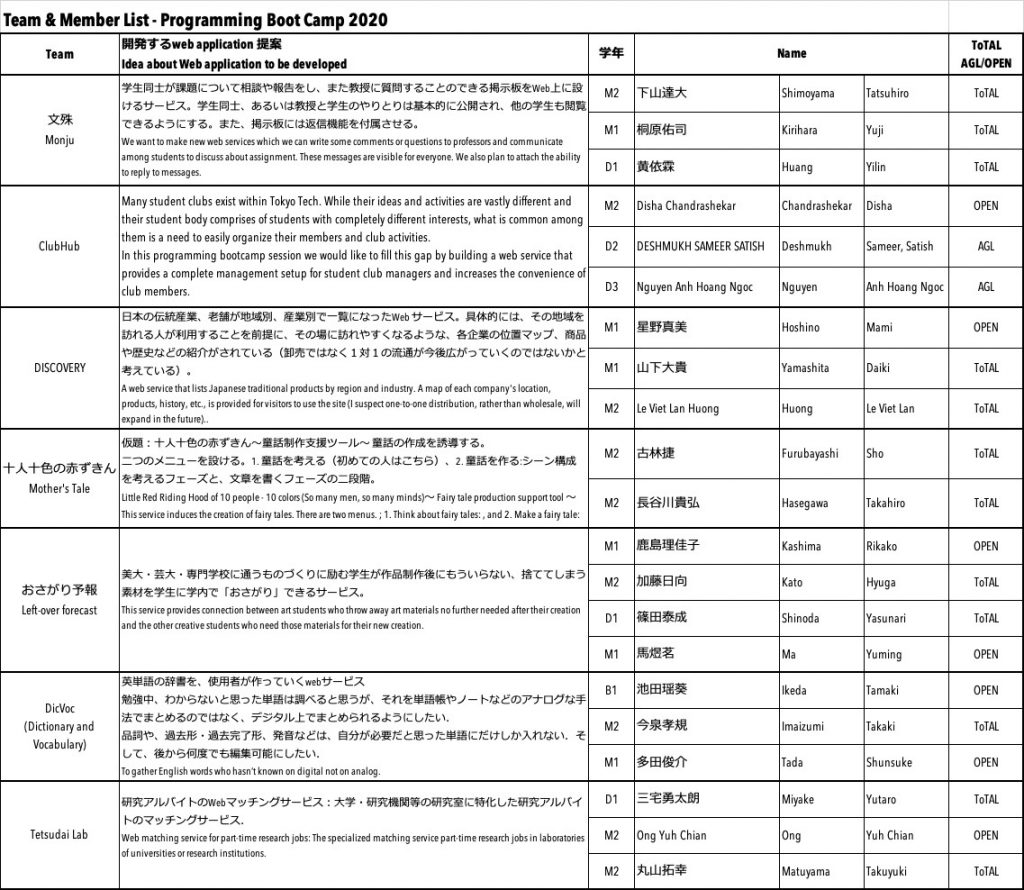
2 (Simplified) Hypothesis Canvas
Hypothesis canvas clarifies what we have known and what we have not yet known by studying and checking the products we are going to offer.
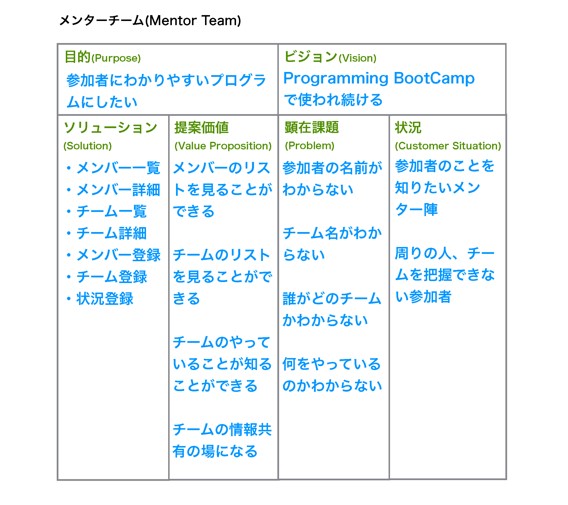
3 Story Mapping
Story Mapping can clarify structure of the products/services to be developed by considering “story”. There are 3 kinds of stories; (1) Concept Story; the story to be expressed about outline of the services/products, (2) Origin Story; the story until the potential users become actual clients, and (3) Usage Story; the story the customer uses the services/products. During the work, the students are being requested to clarify 7 plots; 1.Situation explanation, 2.Occurrence of incidents and problems, 3.Excitement, 4.Crisis, 5.Climax and solution, 6.Take Down, 7.Ending on each story.
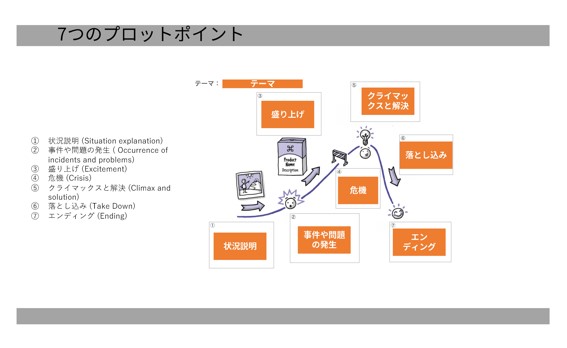
4 Story Boarding
Considering the behavior of the users of the application, we identified the necessary screens for the application and used the storyboard to make sure the users would use them.
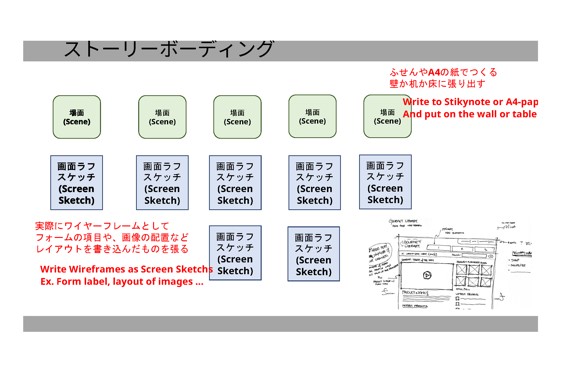
That’s how we went about it. By having feedbacks by Guild Works’ experts at each step, we could get a clearer picture of what we were going to do during the upcoming Development Phase #2 to be held in the next week.
I found the Hypothesis Canvas and Story Boarding should be very useful tools for discussions among people in any situations. It was as if the asymmetry of the amount of information in our team and direction we headed for were being lost, I wish it had been taught in compulsory education.
Lastly, I would like to thank the experts from Guild Works for their kind and detailed explanations, and answers to our questions.
(Reported by Shunsuke Tada, M1 OPEN, Mathematics Course, Graduate School of Science)

